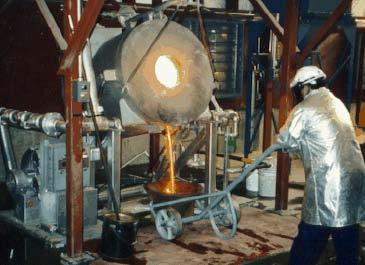 DENVER MINERAL ENGINEERS offers consulting services, designs and a range of mining process equipment for cyanide gold recovery, water treatment and mineral processing. Our equipment has recovered over 50 million ounces of gold at mines around the world. With involvement in over 250 gold and silver mining projects over the past 30 years we can help to advance your mining activities in many ways.
DENVER MINERAL ENGINEERS offers consulting services, designs and a range of mining process equipment for cyanide gold recovery, water treatment and mineral processing. Our equipment has recovered over 50 million ounces of gold at mines around the world. With involvement in over 250 gold and silver mining projects over the past 30 years we can help to advance your mining activities in many ways.
Products include: carbon column systems; electrowinning cells; melting furnaces; carbon stripping systems; ADR and Merrill-Crowe plants; carbon regeneration systems and mercury retorts. Other mineral processing items made by DME include mixer-settler units, acid wash units, sieve bend screens, CIP tank screens, filter presses, deaerators, zinc cones, solution samplers, dart valves, vibrating screens, solids feeders, sand filters, and more. Modular heap leach recovery plants and water treatment systems with capacities up to 3500 GPM offer very economical alternatives to conventional field constructed plants. Currently, most of the custom fabricated equipment shown on this website is only offered on an EPCM or consulting/royalty type basis and not by lump sum pricing. However, the entire DME design file may be utilized in conjunction with our consulting services.
The information contained in this website is for general information purposes only. The information is provided by Denver Mineral Engineers and while we endeavor to keep the information up to date and correct, we make no representations or warranties of any kind, express or implied, about the completeness, accuracy, reliability, suitability or availability with respect to the website or the information, products, services, or related graphics contained on the website for any purpose. Any reliance you place on such information is therefore strictly at your own risk. In no event will we be liable for any loss or damage including without limitation, indirect or consequential loss or damage, or any loss or damage whatsoever arising from loss of data or profits arising out of, or in connection with, the use of this website.
Fast & Associates, LLC
Denver Mineral Engineers, Inc.
10641 Flatiron Rd.
Littleton, CO 80124 USA
[email protected]
